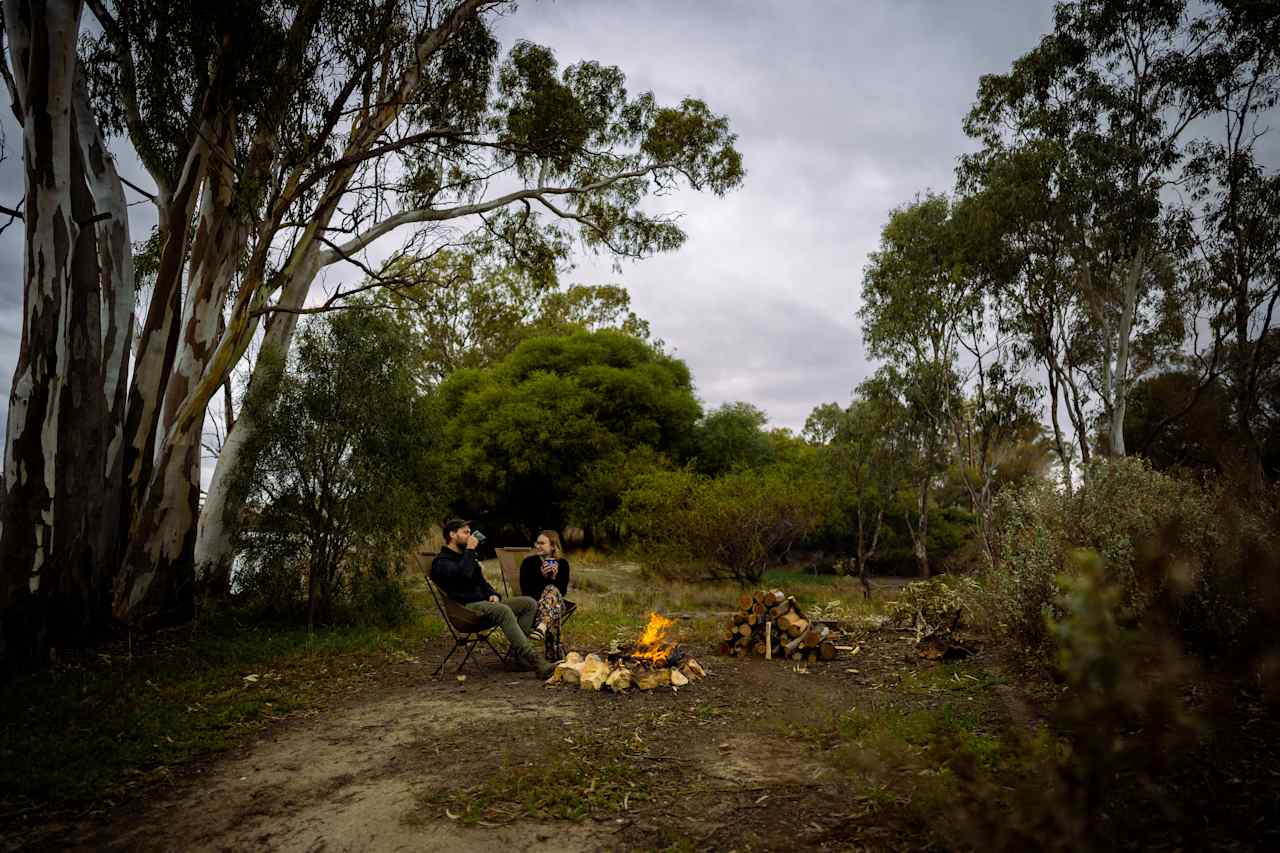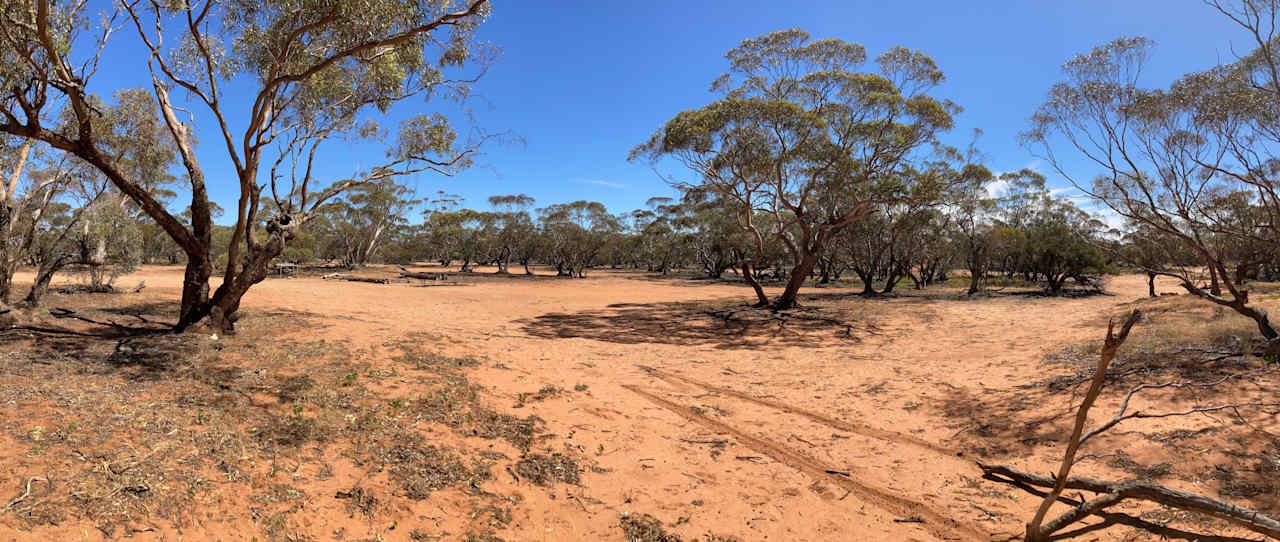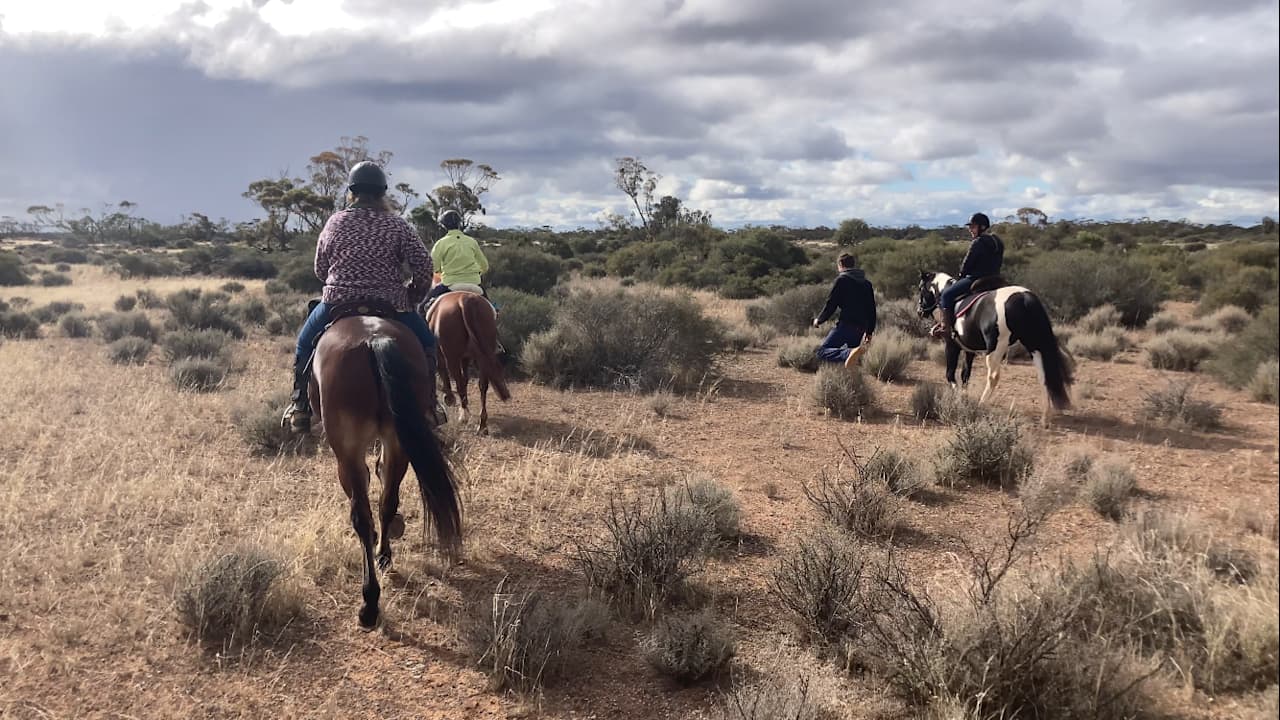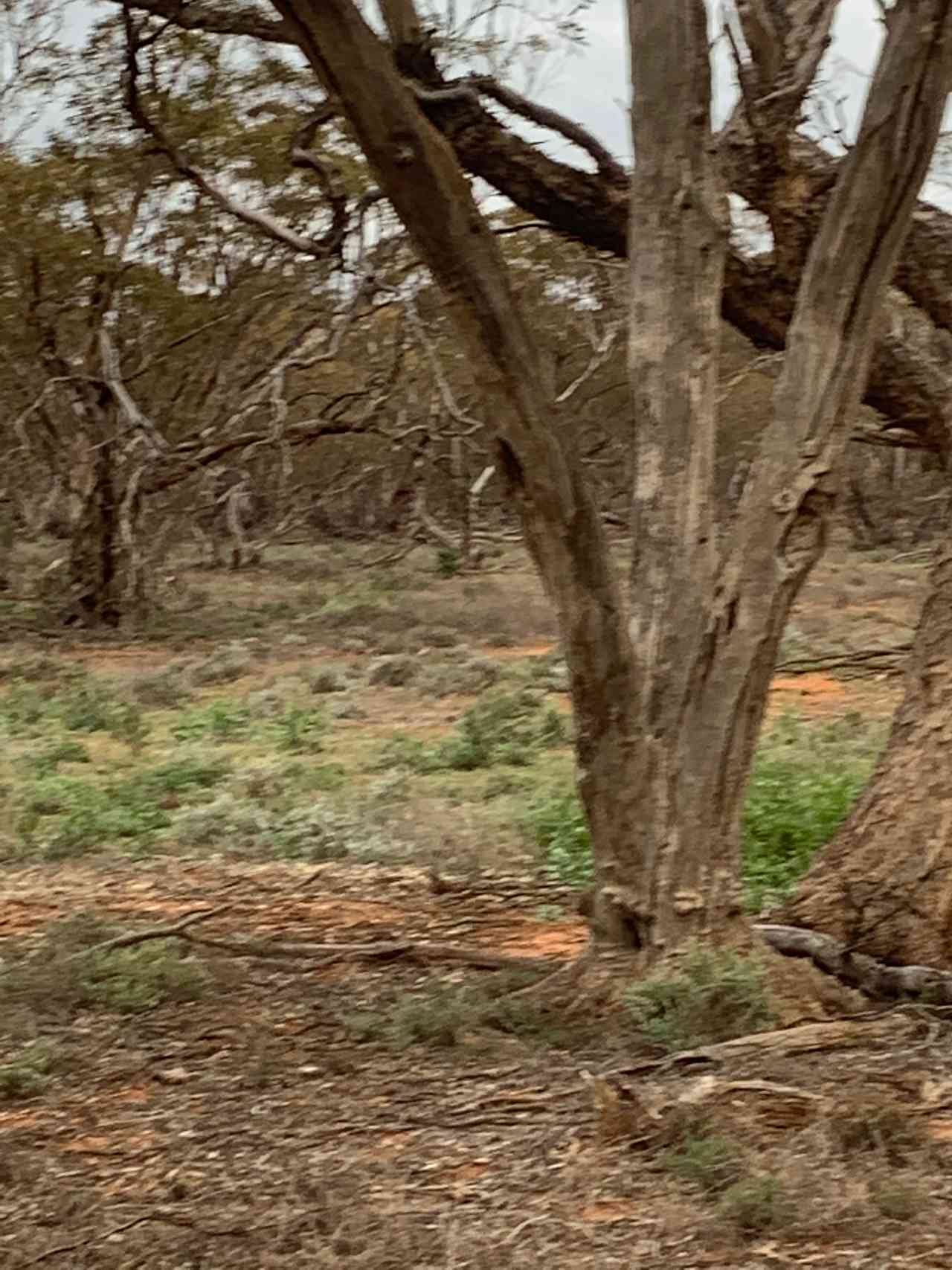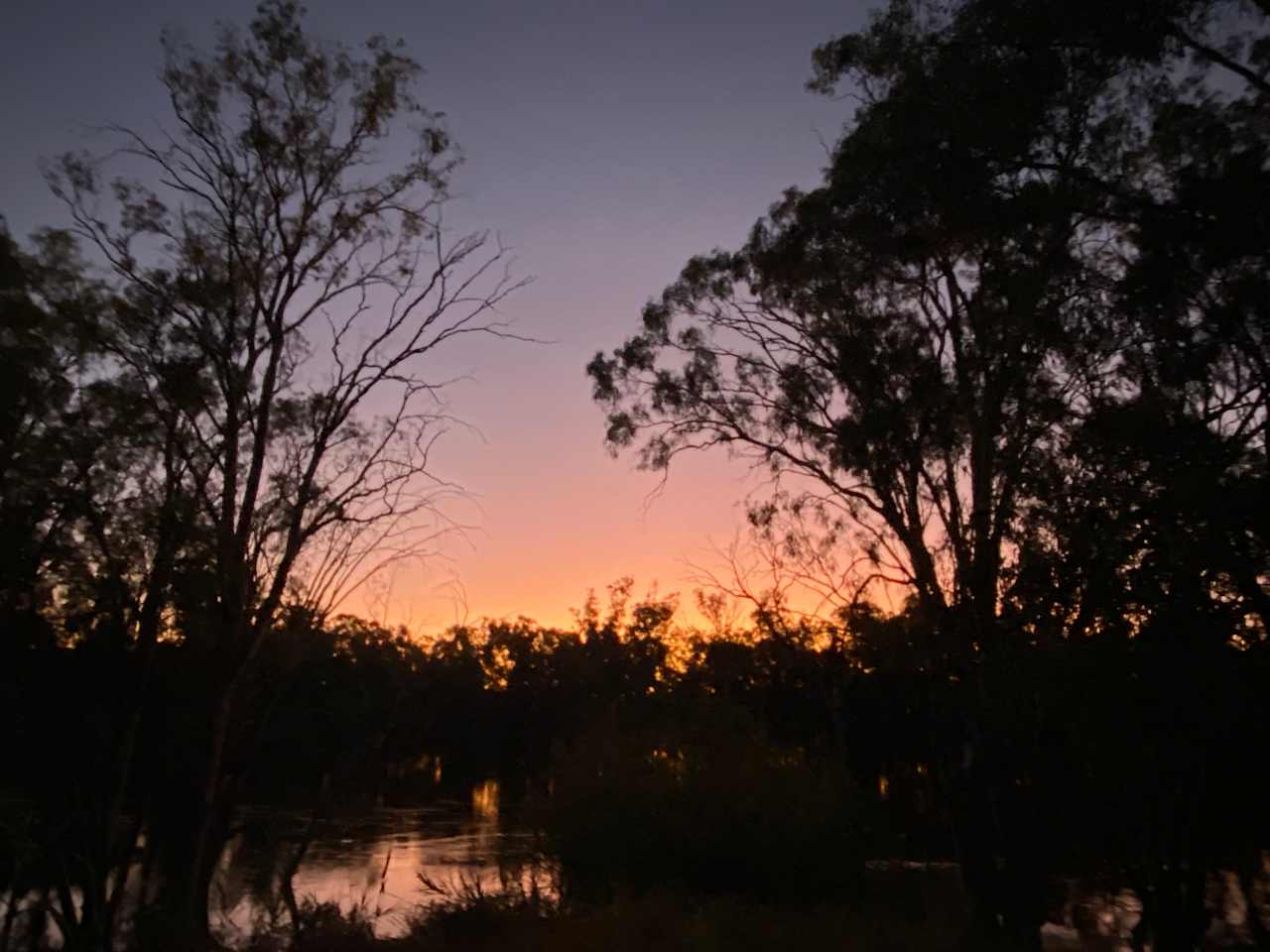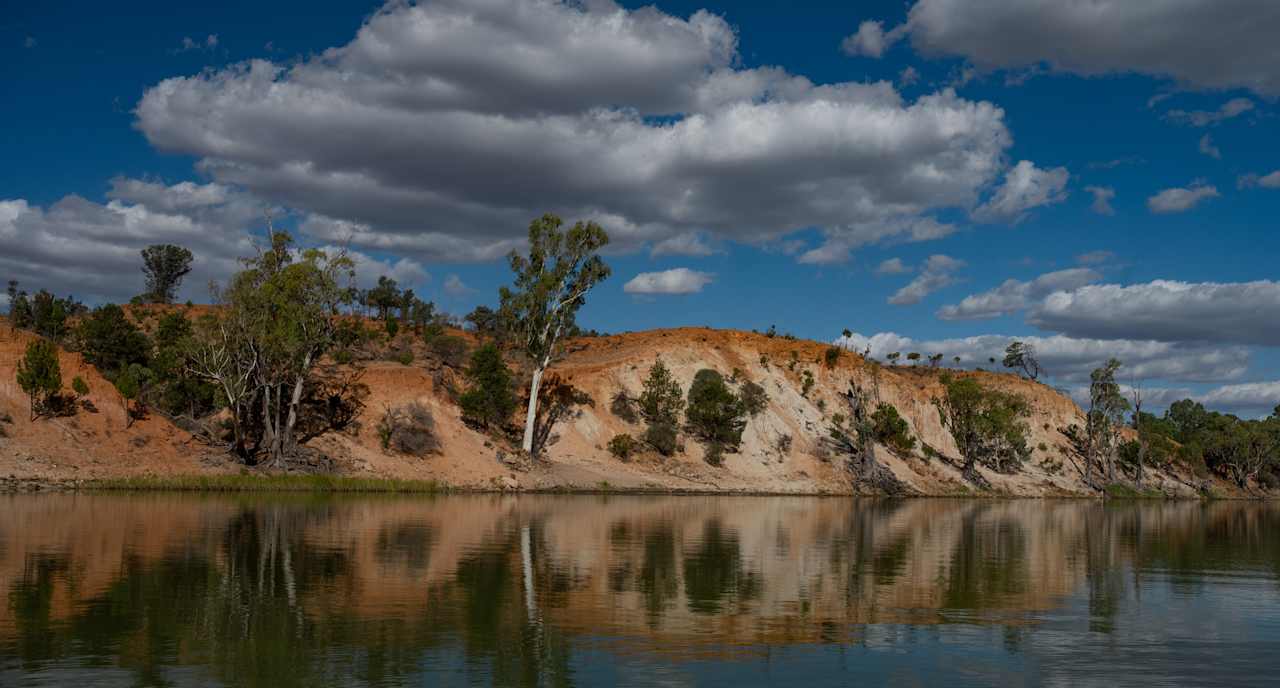The best camping near Murray River National Park
Discover the most magical spots to pitch your tent or park your rig on your next Murray River National Park adventure.
Popular ways to camp
Top-rated campgrounds near Murray River National Park
The best camping near Murray River National Park guide
Overview
About
Come and explore the Murray River National Park. The park provides ample opportunity for a variety of recreational activities such as walking, bike riding, canoeing, bird watching and bush camping. Designated camping areas, with toilets (in selected areas) and parking facilities as well as walking trails and a self-guided drive trail are established over several areas in the park. This park enables the conservation of more than 14,879 hectares and includes a vast network of Murray River wetlands and floodplains that provide unique natural experiences. Murray River National Park is divided into six separate areas: Katarapko, Lyrup Flats, Kingston-on-Murray, Paringa Paddock, Gurra Gurra and Bulyong Island. As these areas are separated by towns, visitors will need to ensure they familiarise themselves with maps of the region.
The traditional home to the Erwirung people, and covering over 14,879 hectares, the Murray River National Park is Australian wilderness at its best. With the mighty Murray River at its heart, a vast network of wetlands, striking cliffs and abundant wildlife and wildflowers, this is the place to hike, bike, kayak, birdwatch, and of course, camp. Indigenous cultural sites, including graves, middens and canoe trees, exist throughout the park. The park comprises three separate areas that are intersected by towns: Katarapko (Winkie), Lyrup Flats (Lyrup) and Bulyong Island (Renmark). Designated camping areas, some with toilets, are located at all three. Hard core adventurers can opt for a rough-and-ready bush experience.
When to Go
While you can visit the park year round, autumn and spring are ideal, when the temperatures are mild (and not too hot) and the wildflowers and waters are at their best. The summer months of January and February can be extremely hot.
Know Before You Go
- Keep your eye on this website for up to date information on the status of the park relating to bushfires, floods and road and track closures.
- There are no shower facilities at the sites. Toilet facilities, where they exist, are drop toilets.
- Each area of Murray River National Park has different access points; be aware that distances are large.
- Mobile phone coverage can be extremely patchy throughout the park.
- You must take your rubbish with you on departure.
Notable Campgrounds
- Best for families: Booky Cliffs campground faces the magnificent Booky Cliffs and accommodates both small caravans, camper trailers and tents. Excellent wildlife spotting opportunities: echidnas, goannas kangaroos, and brushtail possums.
- Best for birdwatchers: The campgrounds in the Katarapko area comprises floodplains and wetlands and is the ideal place for birdwatching, especially waterbirds. Has well spaced-out sites.
- Best for canoeing: Bulyong Island is accessible by boat only and is the spot to explore the waterways above Renmark (the ramp is at Goolwa). There’s wildlife galore, too, including western grey kangaroos, emus, pelicans and kingfishers.
Tips for Snagging a Campsite Reservation
- All reservations must be made online at National Parks & Wildlife Service South Australia. For those unable to do so, you can book in person at a number of offices as listed on the South Australian National Parks and Wildlife.
- High season is summer holidays, when it’s best to reserve ahead.
Top cities near Murray River National Park
- Murray River National Park


